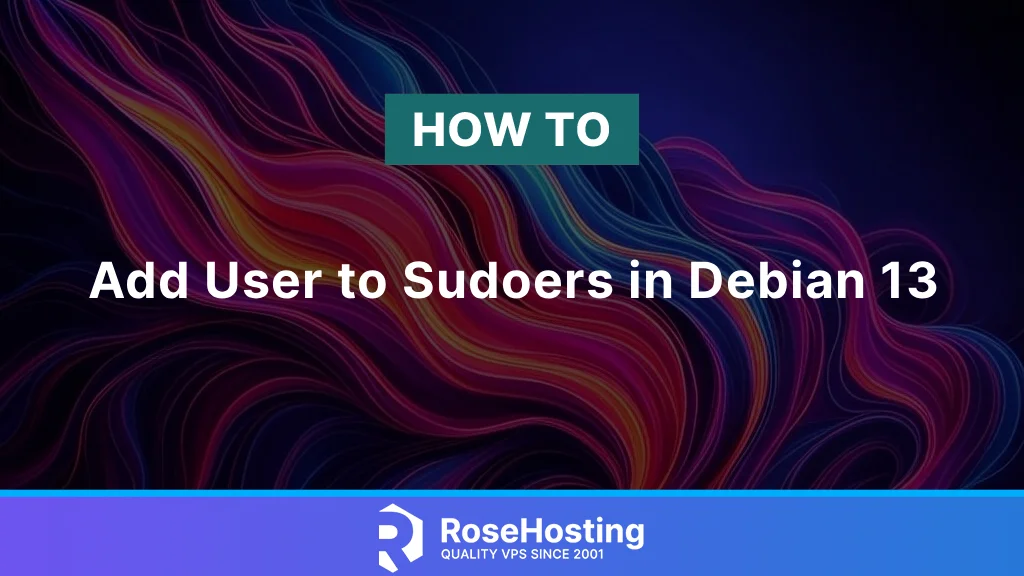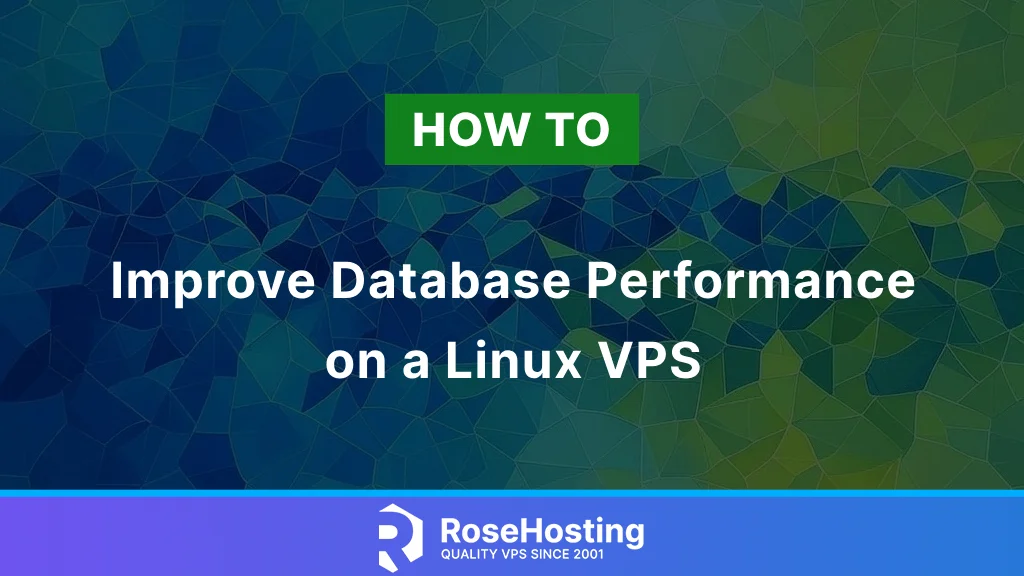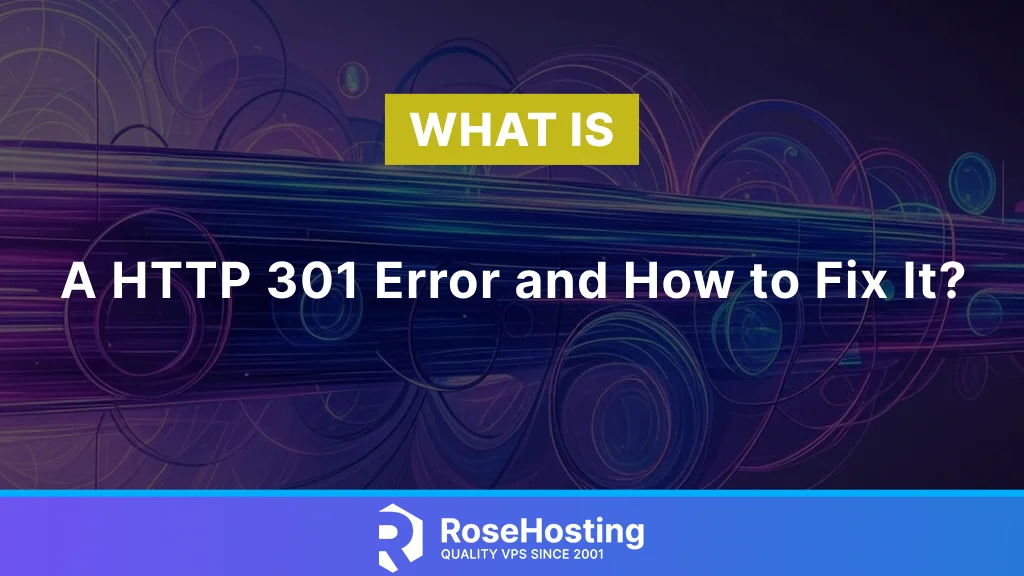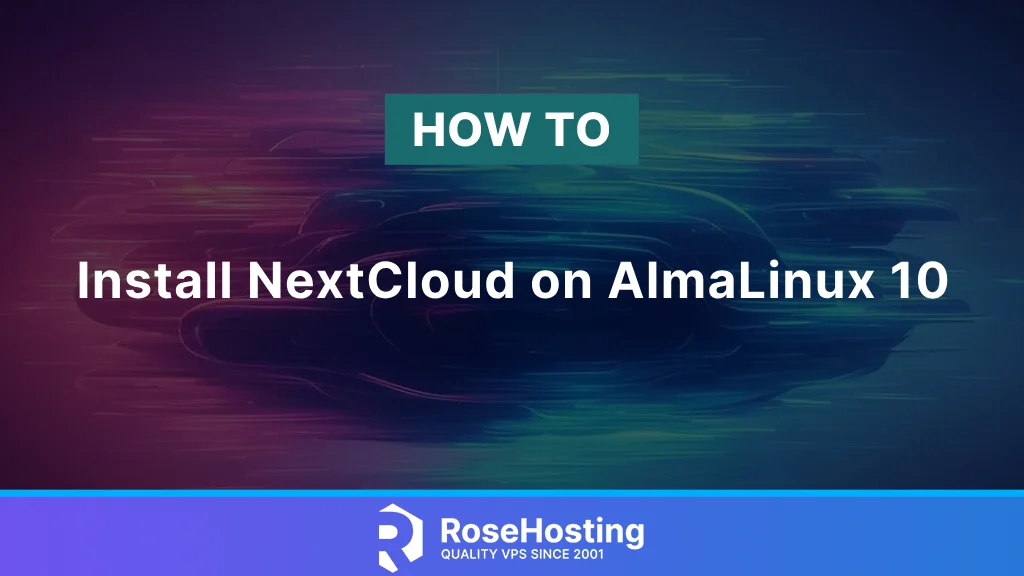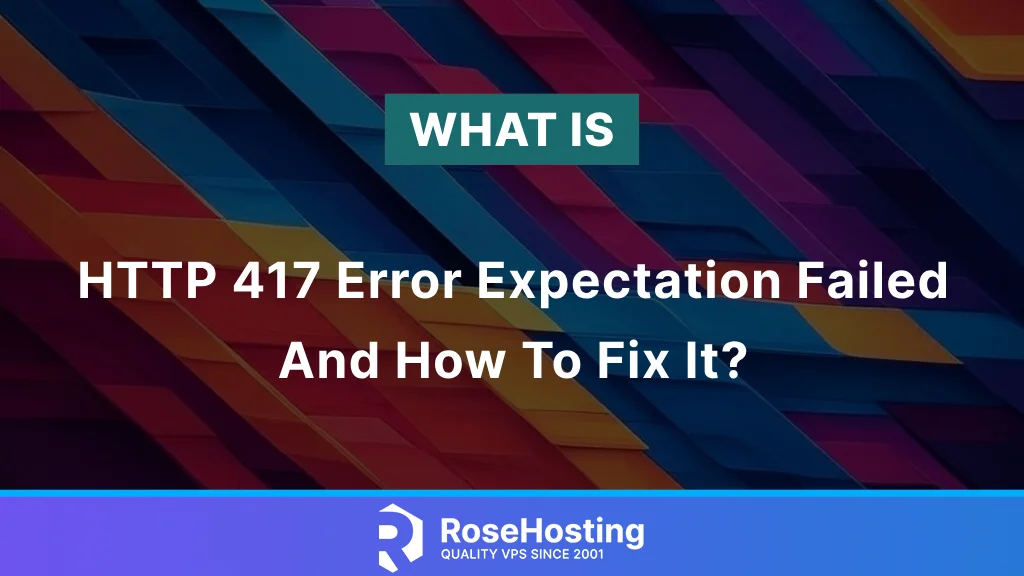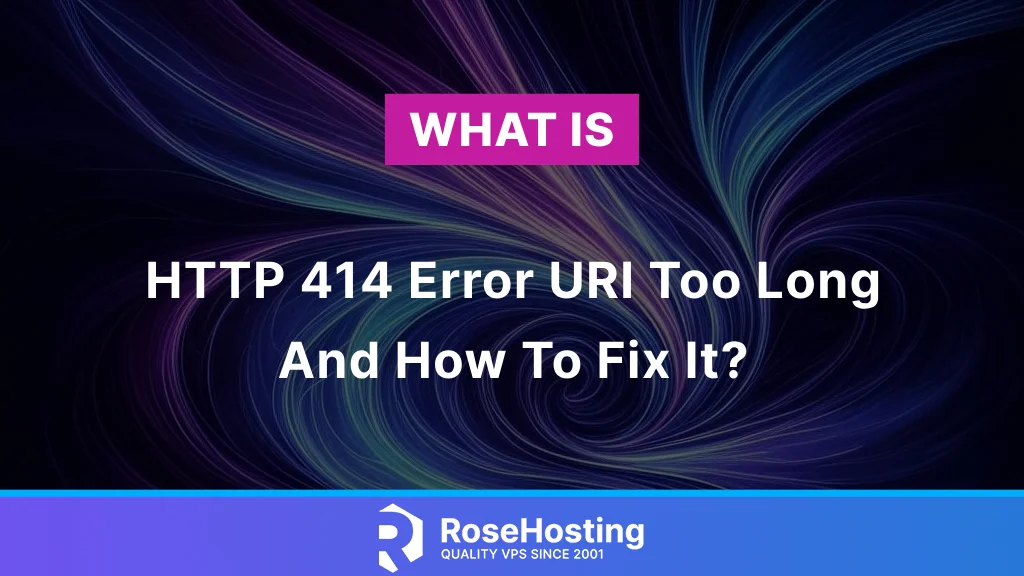
In this tutorial, we explain what a 424 error code is and how to resolve it. The HTTP 424 status code belongs to the HTTP 4xx family. It indicates that the method used in the previous request failed. With the HTTP 424 status code sequence, the requests are crucial. In the following paragraphs, we will provide a more detailed explanation of HTTP 424. This covers the causes and the primary differences between HTTP 424 and other status codes.
In the final and most crucial paragraph, we will discuss potential fixes for the HTTP 424 Error. Let’s get started!
